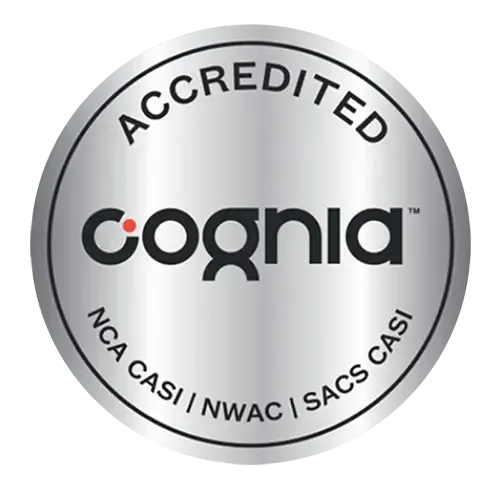Reading Intervention Program
Reading intervention program
Students who struggle with reading and/or dyslexia need the right support. Brightmont's Reading Intervention Program combines our successful one-to-one instruction model with a multi-sensory curriculum based on the Orton-Gillingham approach to help students improve as readers. The reading comprehension strategies used in this program have been proven to help students in pre-K-12 improve their reading skills.



